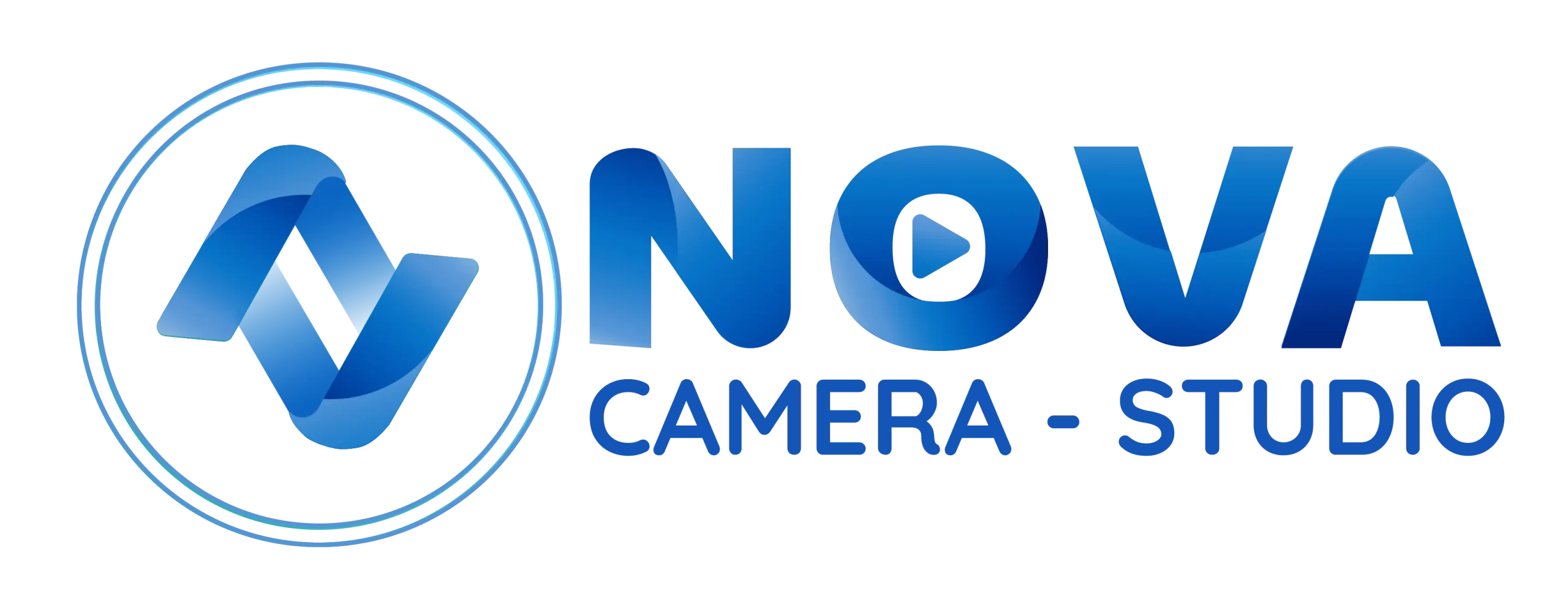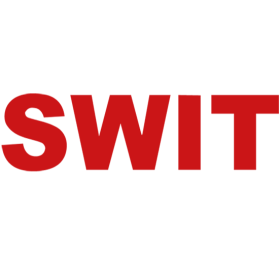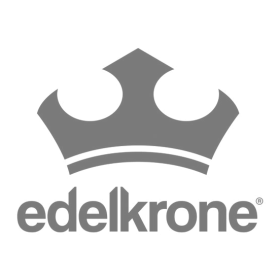It’s the amount that would remain if the company liquidated all its assets and paid off all its debts. The remainder is the shareholders’ equity which would be returned to them. Liabilities are debts that a company owes and costs that it must pay to keep running. Debt is a liability whether it’s a long-term loan or a bill that’s due to be paid. Costs can include rent, taxes, utilities, salaries, wages, and dividends payable. Assets represent the valuable resources controlled by a company and liabilities represent its obligations.
The major and often largest value assets of most companies are their machinery, buildings, and property. Right after the bank wires you the money, your cash and your liabilities both go up by $10,000. You both agree to invest $15,000 in cash, for a total initial investment of $30,000.
It gives clues about a company’s net worth and financial strength. For example, Apple had $60.2 billion in stockholders’ equity as of July 2023, showing it was financially strong. These liquid assets include cash, stocks, money owed to you, and goods you’re selling.
It’s a solid base for good financial practices in all industries. For instance, if a firm sells 10,000 shares at $50 each, the total contributed capital is $500,000. Non-current liabilities are debts that take more than a year to assets = liabilities + equity pay off. Companies often borrow money to grow or run their businesses, which adds to their long-term debts.
What is the Accounting Equation?
Supplies includes the cost of office supplies, packaging supplies, maintenance supplies, etc. that the company has on hand. Another example of other receivables is a corporation’s income tax refund related to its recently filed income tax return. The balance in the general ledger account Allowance for Doubtful Accounts is an estimate of the amount in Accounts Receivable that the company anticipates will not be collected.
Current Liabilities
A long-term asset account reported on the balance sheet under the heading of property, plant, and equipment. Included in this account would be copiers, computers, printers, fax machines, etc. Some valuable items that cannot be measured and expressed in dollars include the company’s outstanding reputation, its customer base, the value of successful consumer brands, and its management team. As a result these items are not reported among the assets appearing on the balance sheet. Since ASI has not yet earned any revenues nor incurred any expenses, there are no amounts to be reported on an income statement.
- Service Revenues include work completed whether or not it was billed.
- A cost that has been recorded in the accounting records and reported on the balance sheet as an asset until matched with revenues on the income statement in a later accounting period.
- The American Institute of Certified Public Accountants gives advice on how to report these deals correctly.
What are the main components of the balance sheet equation?
The totals tell us that the company has assets of $9,900 and the source of those assets is the owner of the company. It also tells us that the company has assets of $9,900 and the only claim against those assets is the owner’s claim. The totals indicate that ASC has assets of $9,900 and the source of those assets is the owner of the company.
What Is a Liability in the Accounting Equation?
The accounting equation states that a company’s assets must be equal to the sum of its liabilities and equity on the balance sheet, at all times. A balance sheet liability account that reports amounts received in advance of being earned. For example, if a company receives $10,000 today to perform services in the next accounting period, the $10,000 is unearned in this accounting period. It is deferred to the next accounting period by crediting a liability account such as Unearned Revenues.
It includes money from investors, profits kept in the company, and shares bought back. Investors and analysts use this info to check a company’s financial health. Every deal impacts at least two accounts in the double-entry system. For instance, buying equipment with cash boosts assets (equipment) and cuts another asset (cash).
- In order to issue a company’s financial statements on a timely basis, it may require using an estimated amount for the accrued expenses.
- The totals for the first eight transactions indicate that the company had assets of $17,200.
- Although revenues cause owner’s equity to increase, the revenue transaction is not recorded directly into the owner’s capital account.
Calculating Total Assets
Additionally, the balance sheet may be prepared according to GAAP or IFRS standards based on the region in which the company is located. It represents the total profits that have been saved and put aside or “retained” for future use. These may include Treasury bills and certificates of deposit (CDs). Here’s a simplified version of the balance sheet for you and Anne’s business. Your liabilities are any debts your company has, whether it’s bank loans, mortgages, unpaid bills, IOUs, or any other sum of money that you owe someone else.
This equation is the foundation of modern double entry system of accounting being used by small proprietors to large multinational corporations. Other names used for this equation are balance sheet equation and fundamental or basic accounting equation. An account with a balance that is the opposite of the normal balance. For example, Accumulated Depreciation is a contra asset account, because its credit balance is contra to the debit balance for an asset account. This is an owner’s equity account and as such you would expect a credit balance. Other examples include (1) the allowance for doubtful accounts, (2) discount on bonds payable, (3) sales returns and allowances, and (4) sales discounts.
Example #1: Starting up a business
A distribution of part of a corporation’s past profits to its stockholders. A dividend is not an expense on the corporation’s income statement. Generally a long term liability account containing the face amount, par amount, or maturity amount of the bonds issued by a company that are outstanding as of the balance sheet date.














